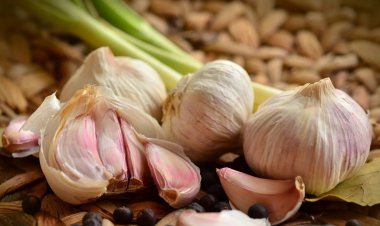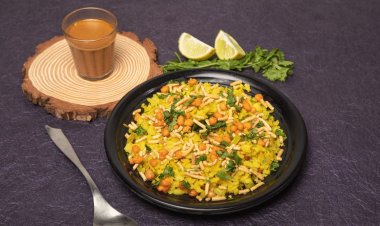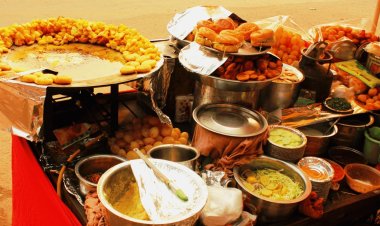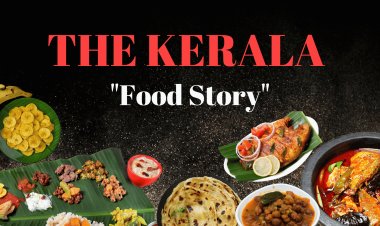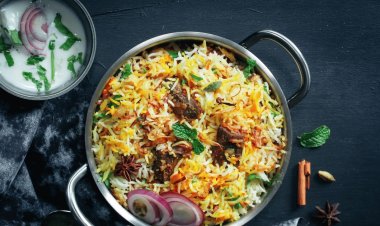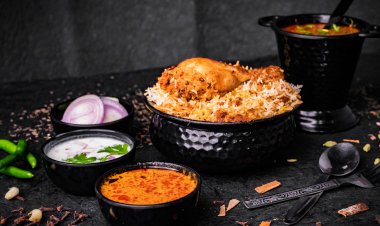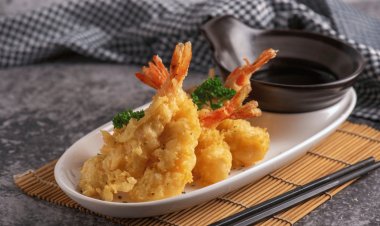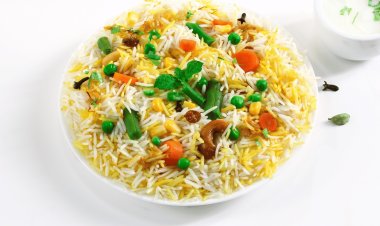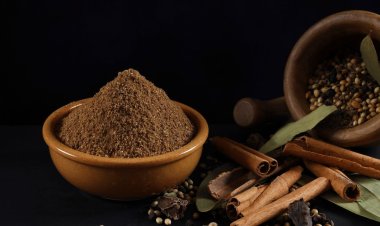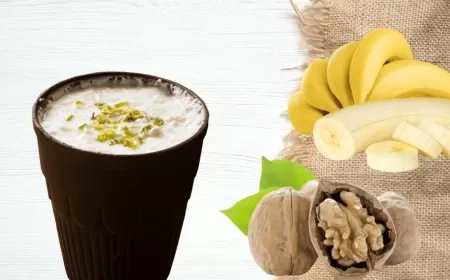5 Lebanese Foods That Found a Home in India
From smoky shawarma to herb-bright tabbouleh, discover how five iconic Lebanese dishes found new life in India’s kitchens and cafés. A flavorful journey where tradition travels and taste transforms.
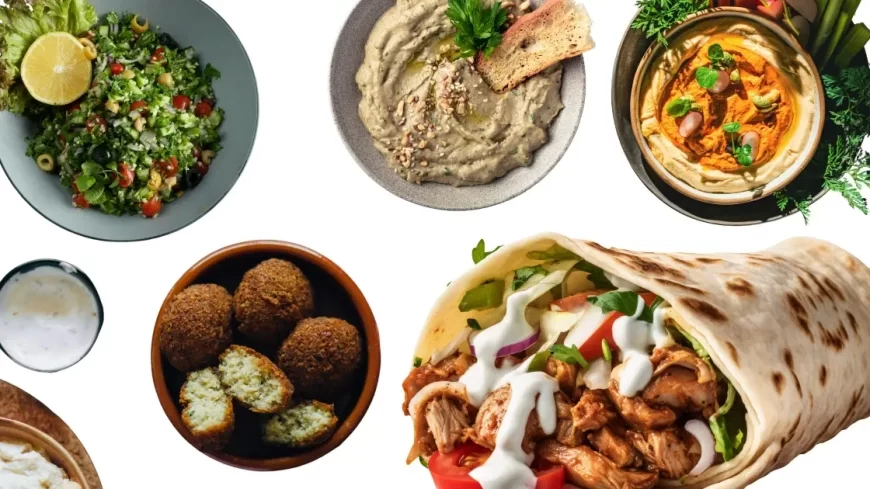
There’s something quietly thrilling about stumbling upon a smoky swirl of shawarma meat turning on a spit, somewhere between a tandoor and a traffic signal in Delhi. Or spotting za’atar-laced manakeesh warming inside a cafe that used to serve samosas. Lebanese food, once an exotic guest, has now become a familiar neighbor in India’s booming street food and café culture.
But how did it get here—and why does it stick?
To understand this culinary migration, I followed my own fork. From the posh bistros of Mumbai to the local joints in Bangalore serving falafel rolls with a side of masala fries, I tasted, asked questions, and reflected. What I found wasn’t just a list of dishes—it was a story of flavor, texture, and cultural adaptation.
1. Shawarma – The Lebanese Wrap With Desi Swagger
If there’s one Lebanese dish that’s practically gone native in India, it’s shawarma. Thin slices of spiced chicken or lamb, stacked on a vertical rotisserie, carved off and wrapped in pita (or roomali roti, more often than not) with garlic sauce, pickles, and lettuce.
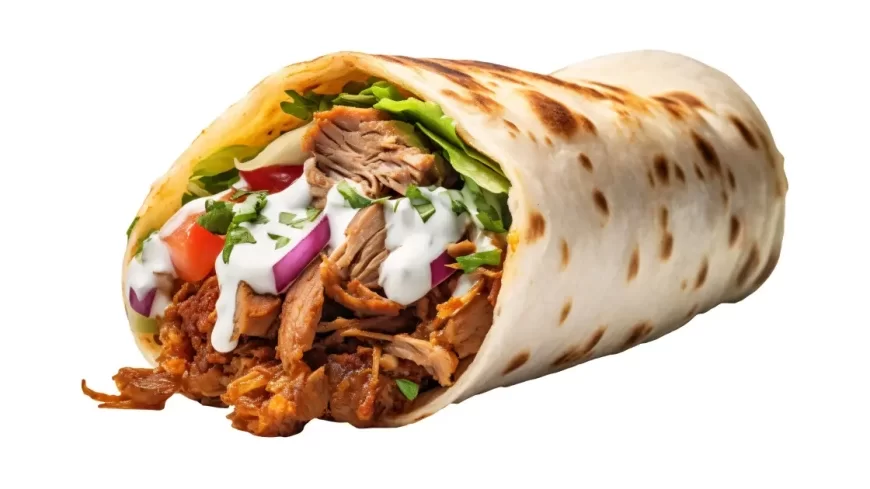
In Beirut, shawarma is a late-night comfort. In Bangalore, it’s a college kid’s lunch. And in both places, it’s addictive.
Interestingly, the Indian version is often spicier, sometimes cheesier, and definitely messier. But its soul—the slow-roasted meat, the handheld format, the harmony of tang and fat—remains true to its origin.
2. Hummus – The Chickpea Dip That Bridges Continents
At first glance, hummus is just a paste. But dig a little deeper—with a warm pita, if you please—and you’ll find a food philosophy. Simple ingredients (chickpeas, tahini, lemon, garlic, olive oil), prepared with care.
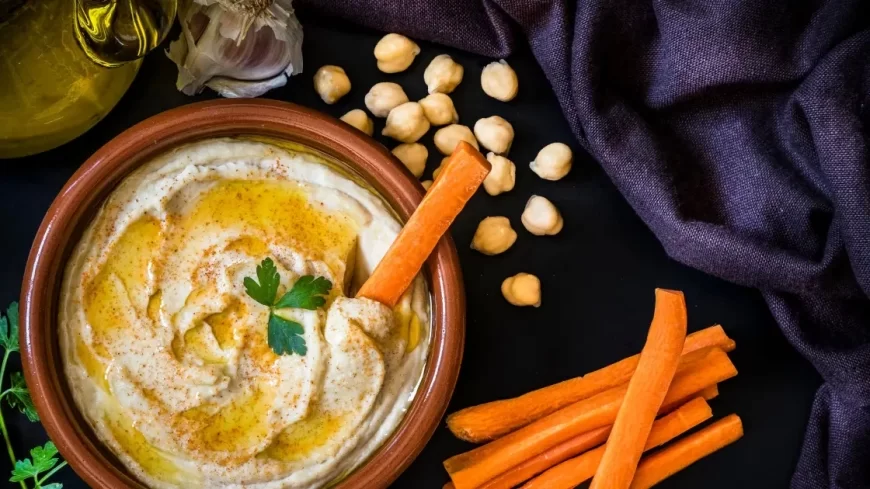
In India, hummus has taken on a life of its own. There’s peri-peri hummus in Pune, beetroot hummus in Gurgaon, and even hummus sandwiches for office tiffins.
I once watched a chef in Mumbai finish his hummus with a drizzle of chili oil and a dusting of chaat masala. Heresy? Maybe. Delicious? Absolutely.
3. Falafel – Crunch, Spice, and Everything Nice
Falafel—those golden orbs of ground chickpeas and herbs, deep-fried to crunchy perfection—have a texture that makes you believe in vegetarianism again.
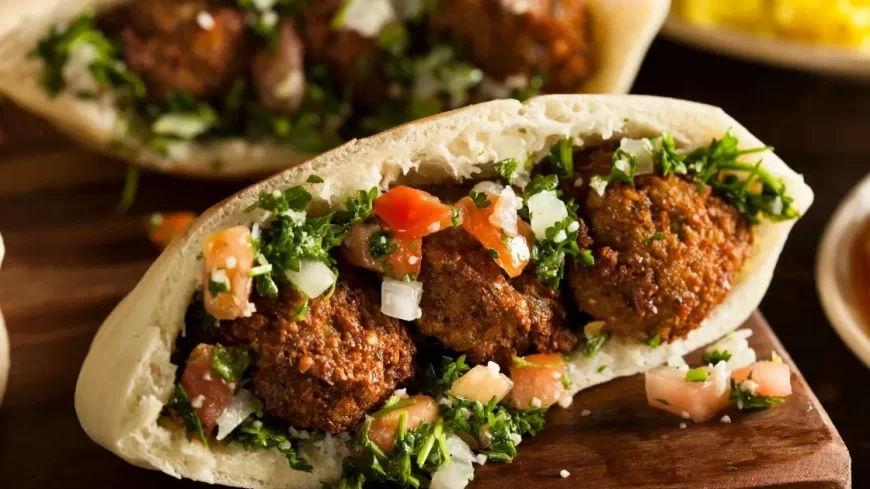
In Lebanese streets, falafel is a humble snack. In India, it’s become a symbol of global fusion. You’ll find falafel-stuffed wraps, falafel biryani (yes, really), and even falafel chaat.
Its success lies in its familiarity. After all, it’s not too far from the Indian pakora in spirit—crispy, spicy, plant-based.
4. Baba Ghanoush – The Smoky Cousin of Baingan Bharta
This one surprised me the most. Baba ghanoush, a smoky eggplant dip made with tahini and lemon, is often described as an acquired taste.
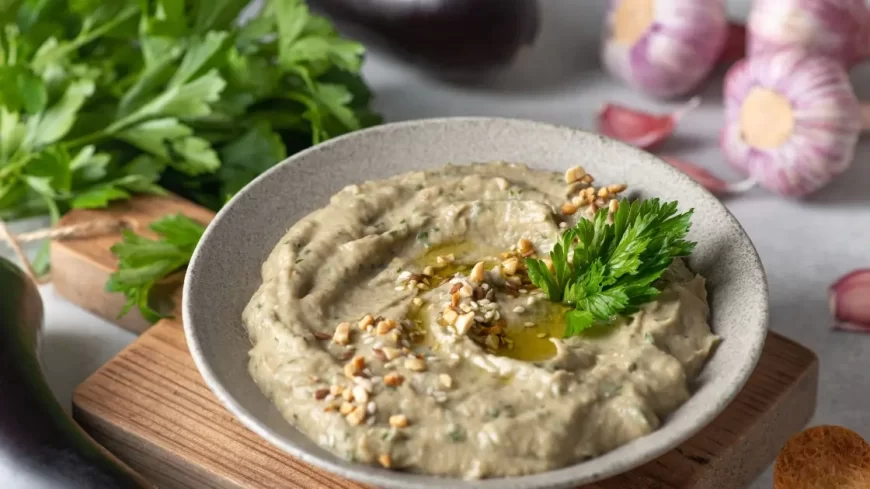
But when I tasted a version served at a tiny Lebanese stall in Chennai, I felt déjà vu. That familiar smokiness? It echoed baingan bharta. That velvety texture? Like mashed brinjal. Add a squeeze of lime and a whisper of cumin, and it suddenly felt like home.
It’s not just fusion—it’s recognition.
5. Tabbouleh – A Salad That Dances on the Tongue
Tabbouleh, a parsley-heavy salad with bulgur, tomato, mint, lemon, and olive oil, is the least flashy of the bunch. But it’s also the most refreshing.
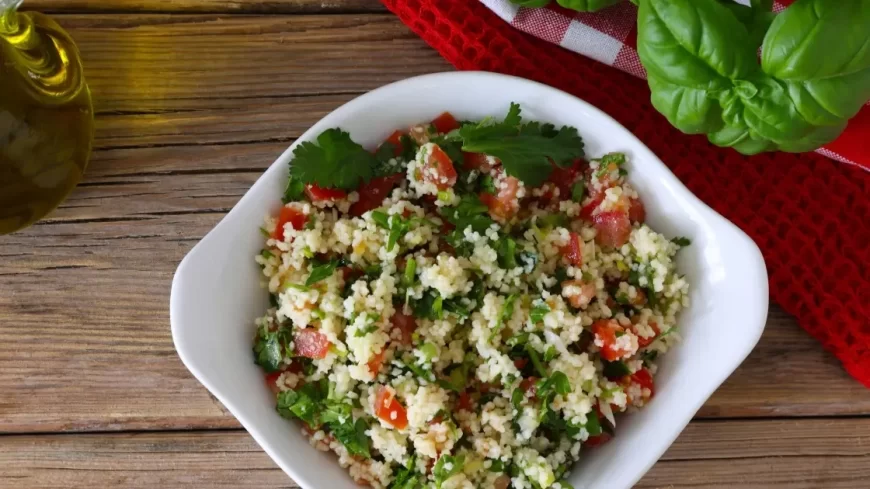
In India, where salads often mean heavy dressings and mayo, tabbouleh is a revelation. Light, citrusy, crunchy—it cleanses the palate, awakens the senses, and pairs beautifully with spicier mains.
Some versions replace bulgur with quinoa or couscous, and others tone down the parsley to suit Indian taste buds. But the idea remains the same: green, fresh, alive.
What's Your Reaction?
 Like
0
Like
0
 Dislike
0
Dislike
0
 Love
0
Love
0
 Funny
0
Funny
0
 Angry
0
Angry
0
 Sad
0
Sad
0
 Wow
0
Wow
0



























